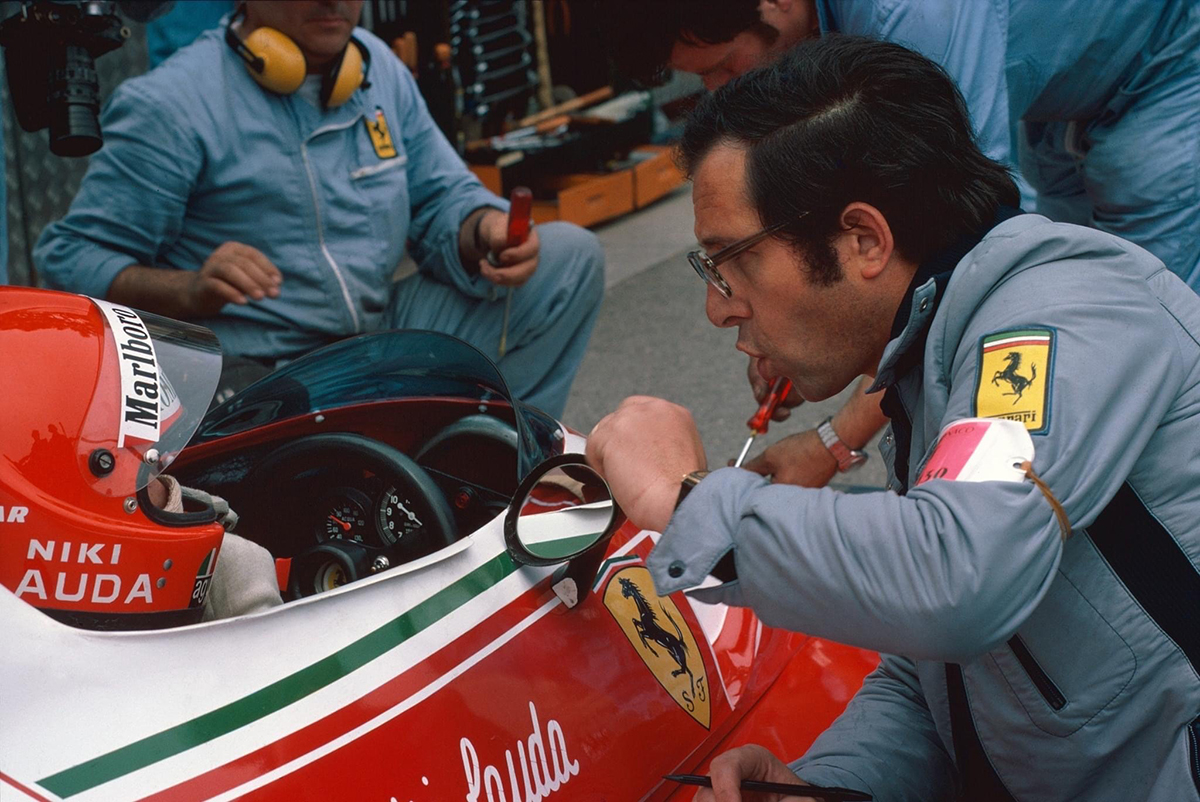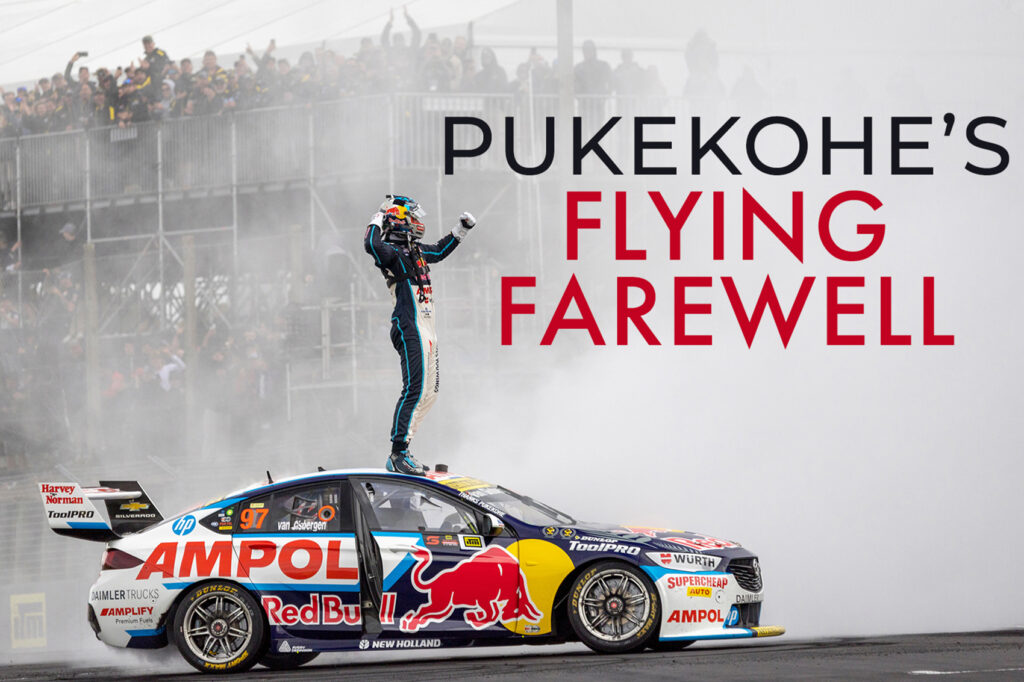The legendary Ferrari designer, Mauro Forghieri, who oversaw a number of championship-winning designs for nearly a quarter of a century, has died at the age of 87.
“Forghieri is the most complete designer who ever existed. There are plenty of designers but he made engines also, all kinds of engines, and then he made Formula 1, Formula 2, and then the endurance races and even uphill races, and he competed with Porsche. The maximum”. – Gian Paolo Dallara
The Ferrari Years
Despite his initial interest in aviation design, Forghieri accepted an internship offer from Ferrari, where he had been introduced by his father. Beginning in spring of 1960, he started an apprenticeship in the engine department. Forghieri began working alongside many legendary engineers involved in Ferrari’s early history, including Vittorio Jano, Carlo Chiti and Luigi Bazzi, as well as race director Romolo Tavoni. He also worked alongside Gian Paolo Dallara, who joined Ferrari shortly after Forghieri in 1960. Forghieri’s early work at the factory involved both racing cars and production road cars.
In 1961, a few key figures at Ferrari, including chief designer Carlo Chiti, left to join the breakaway ATS Formula One team, in an event that became known as “the great walkout”. Forghieri remained as the only credentialed engineer on staff. Soon after the walkout, Forghieri was personally asked by Enzo Ferrari to begin studying the “full technical questions of the Factory” (Forghieri’s words). As he was only 27 years of age at the time, Forghieri received guidance from a few more experienced staff members, including Franco Rocchi, Walter Salvarani and Angelo Bellei. Forghieri was soon appointed technical director for racing cars, a position he would remain in until 1984. His responsibilities included overseeing technical development, managing the technical section during races and collaborating with other Ferrari departments, including the testing and the drafting department.
Forghieri left his position as technical director in 1984. In January 1985, he began work on the Ferrari 408 4RM concept car. The 408 project was completed in Spring of 1987 and Forghieri departed Ferrari for good shortly after.
Notable Designs
Forghieri was involved to some degree in the development of every racing car produced by the Factory between his hiring after graduation and his departure in 1987.
The sports racing cars designed under Forghieri’s supervision included the GT-class 250 GTO, the development of which Forghieri continued after the original team headed by Chiti and Giotto Bizzarrini left during the 1961 walkout. Other GT-class cars included competition versions of the 275 GTBand the 330 LMB. Sports prototypes designed by Forghieri’s team included the P series and later iterations of the Dino series, starting with the 1965 Dino 166 P. Forghieri has stated that the 1967 330 P4 was his favorite out of all the cars he has designed.
In 1964, Forghieri designed the V8-powered Ferrari 158, in which John Surtees won the 1964 Formula One World Championship. The 158 and the Ferrari 1512 shared a Forghieri-designed aluminum monocoque chassis, the first use of this technology in a Ferrari F1 car.
Beginning in 1966, Forghieri designed the Ferrari 312 series (consisting of the 312 and 312B formula one cars and 312P and 312PB sportscars). He also designed the first transversal automatic gear and Ferrari’s first turbocharged engine. The 312T series of cars brought Ferrari huge success in the mid-‘70s, as he introduced the transverse-mounted gearbox to the sport. Niki Lauda took the drivers’ title in 1975 and followed that up with another in 1977, and then Jody Scheckter also became world champion in 1979. In all three of those seasons — as well as 1976 — Ferrari picked up the constructors’ title too in a dominant run of form. Under his guidance, Ferrari won the driver’s F1 world championship title four times, with John Surtees (1964), Niki Lauda (1975 and 1977), and Jody Scheckter (1979). Ferrari also won the constructors F1 world championship title seven times.




